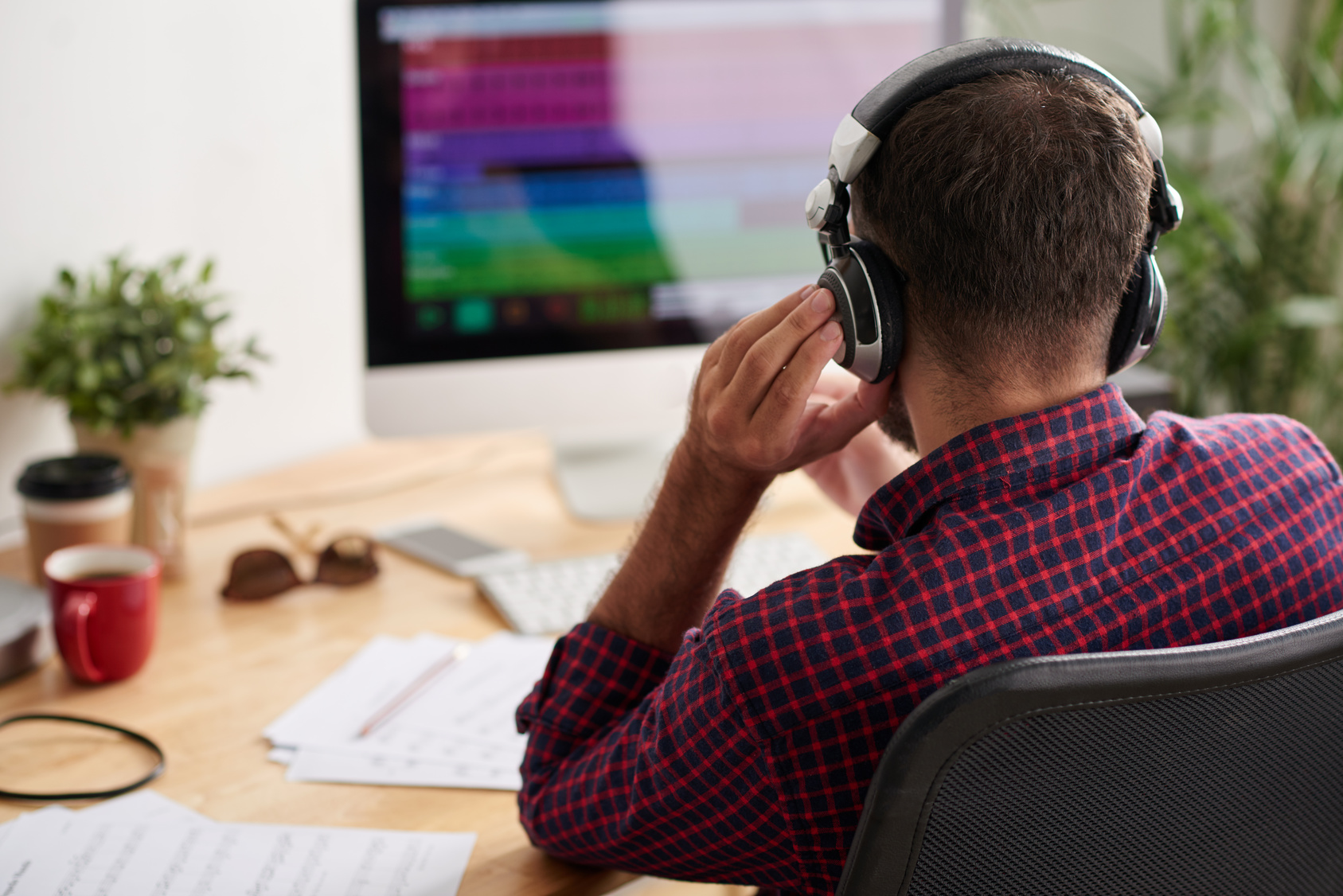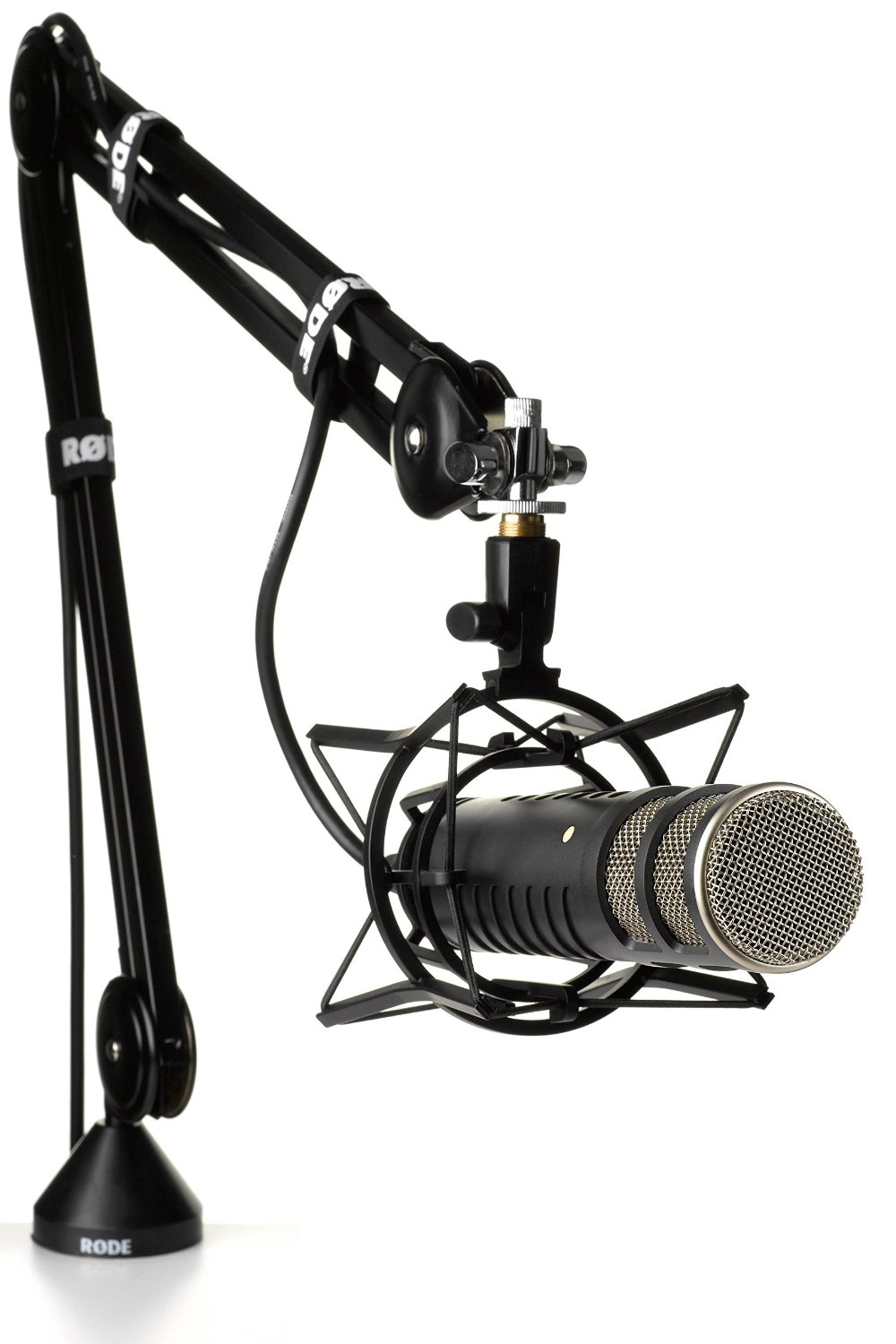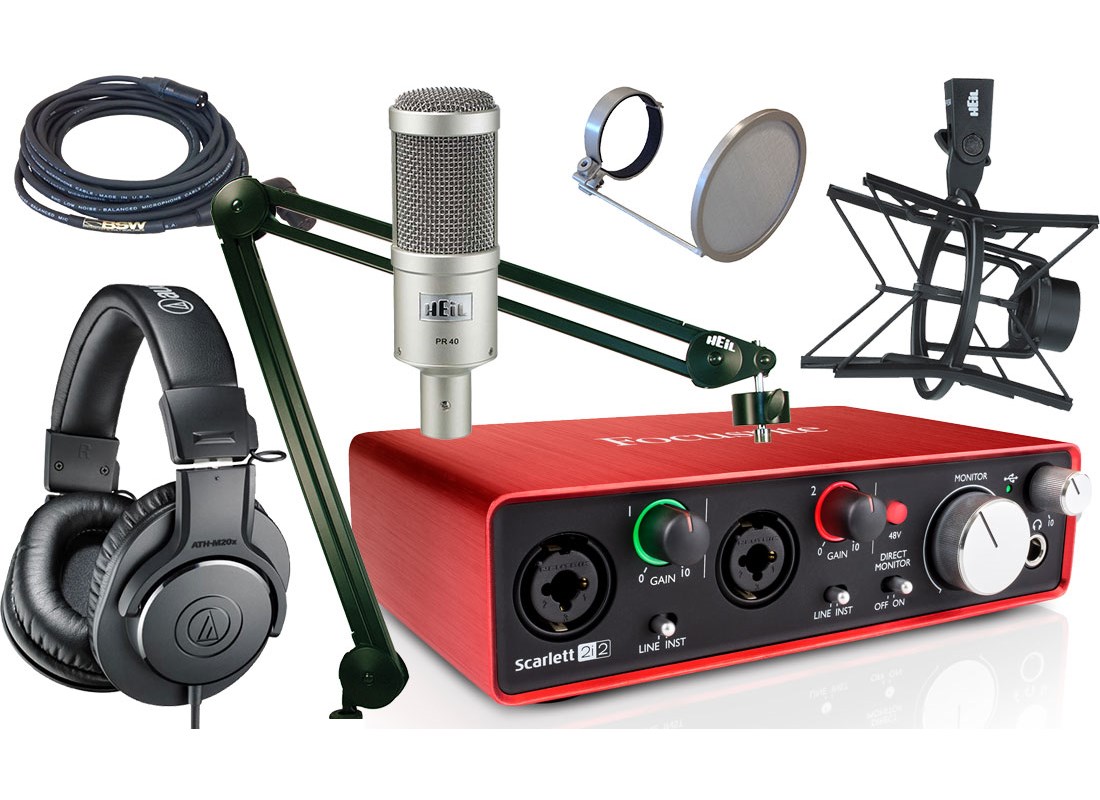If you plan on producing a podcast with any real frequency, you’ll likely be creating much of your content from a home or remote recording “studio.” The recording process is pretty easy, but you’ll need some essential equipment first. Your purchases should be based off of your recording environment and your budget. Below is a short shopping list to get your started; contact us if you have any specific questions on components or setup.
Things to Consider
- If you’ll be recording multiple hosts, and looking for durability and a better audio quality range, XLR mics will be a better choice.
- A USB mic may be a good choice for a convenient, intro setup, offering a plug-n-go option.
- Do you need a mic with an XLR output or is a mic with a USB output a better option for your setup?
- Will you be producing your podcasts in remote locations while you travel or will you have a dedicated recording environment? This will help you determine if you need a portable audio recorder or if you should use audio software on your laptop/CPU.
- Decide the maximum number of hosts/guests you’ll have speaking at one time. This will help you determine how many microphones and inputs you’ll need

Do You Need a Condenser or Dynamic Microphone?
Dynamic mics usually end up as the better option in podcast recording scenarios. Dynamic mics are better at rejecting ambient sound and room reflections. You’ll need to be in closer proximity to your mic when your record, but a dynamic mic may help if you have an acoustically-untreated recording environment.
Condenser mics provide better detail and vocal clarity, but tend to be more unforgiving when it comes to background noise. The good ones sound great in quiet recording environments, but can really hinder a recording session when not used correctly. They also tend to be very delicate mics and need to be handled carefully.
Good Options
Starter Kit/No Hassle/All-in-One Solutions
If you’re looking for an intro setup to get your podcast up and running, these two mics will get you in the game for under $100.
- Audio Technica ATR2100 USB USB/XLR : The Audio Technica mic has USB and XLR outputs, so you can plug directly into your computer or connect to an audio interface or mixer, when the need arises.
- Blue Snowball USB Condenser Mic: The Blue Snowball is a quick and easy setup at an agreeable price point. This condenser mic offers two polar pick-up patterns for capturing different recording setups.
Better Options
Rode Podcaster and Procaster (USB or XLR) Series
For those advanced podcasters who requie a higher-quality microphone, the following options will do the trick.
That being said, will you be recording material as a single host setup or will you be inviting guests to record with you?
- Rode Podcaster USB (Single Host): Rode makes very durable, high quality microphones for many recording applications. The Rode Podcaster is a Dynamic, USB, cardioid mic which allows you to plug directly into a USB connection on your computer. This allows you connectivity without an audio interface or mixer.
- Rode Procaster XLR (Multiple Hosts): Rode also offers the Procaster XLR option, if the USB connection isn’t the best option for your setup. This would give you the ability to connect multiple mics to an audio interface, allowing more than one person to be recorded at a time.
Additional Accessories

Another Popular Option
- Heil Sound PR40: Heard on some of the more popular podcast sites today, the Heil Sound PR40 is an under-$400 dynamic microphone that produces good results, even in less-than-ideal recording environments. It does a good job in canceling off-axis background noise. The XLR output allows you to connect directly to an audio interface or mixer. Note: You’ll need a good preamp/audio interface and may need to EQ based on personal voice characteristics.
More Stuff You’ll Need
Don’t forget your XLR cables!
Audio software for recording and editing:
- Audacity (freeware)
- Adobe Audition
If you’re using a condenser mic that picks up a lot of background noise, and you have an acoustically-untreated room, a reflection filter may help with external noise and early reflections.

